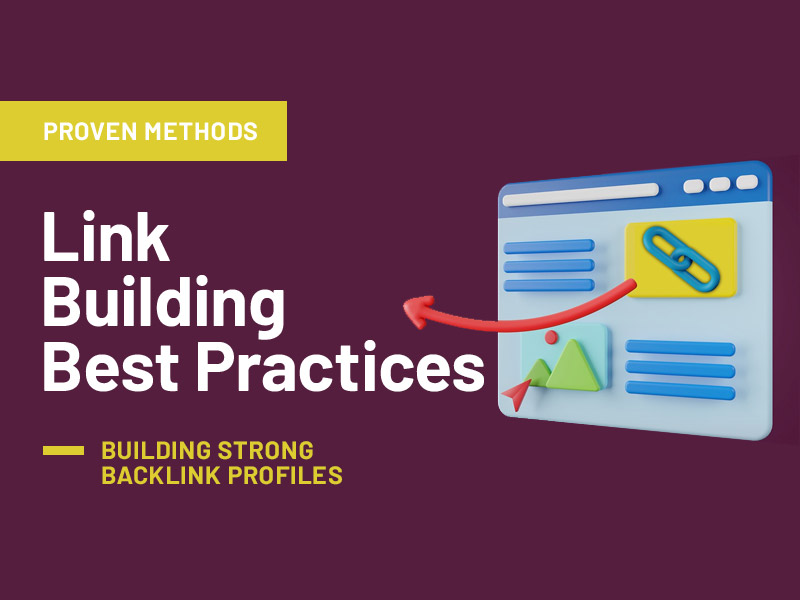You cannot fight a negative SEO campaign unless you know that you have been impacted by one. It is only when you have been able to establish that you are at the receiving end of a negative SEO campaign then you can take the steps necessary to counteract it. While the good news is that a negative SEO campaign does not mean a death sentence for your business, the bad news is that identifying and countering it can often be harder than it is assumed.
What Is Negative SEO?
Any action that is designed to drive down the search engine rankings of a particular website is said to be negative SEO. While Google says that there are safeguards in place to recognize and halt negative SEO campaigns, some negative tactics can beat the system. When this happens, victims of negative SEO campaigns should contact the site’s webmaster to resolve the issue. However, as Google themselves admit, the perpetrators of negative SEO are unlikely to admit to the charges of negative SEO and may not be inclined to change their practice just because they have been contacted by a victim. The typical signs of a negative SEO campaign:
An Unexpected Decline in Search Traffic
There can be many reasons for a sudden drop in website traffic; however, if no significant changes have been made by you, it could act as an alert. According to ahrefs.com, a sudden drop in website traffic can be a sign of a negative SEO attack. It is important for you to periodically check the website analytics so that you know what the normal parameters are and if there are any abrupt and unexplained drops in the volume of traffic that need to be investigated further before any lasting damage is done.
Google Warning That There Have Been Guideline Violations
One of the easiest ways of discovering that you have been the target of negative SEO is when you get an error message from Google pointing to a violation of its guidelines for which, you know you are not responsible. The message from Google will point out the nature of the violation and encourage you to set them right. If you notice something amiss, the first place you should check out is the Google Search Console to find out if there is any message from Google about any site malfunction.
Fall in the Rankings of Individual Target Keywords
Among the most important metrics of SEO performance is the ranking for the target keywords that have the most significance for your audience. Since the ranking of any keyword is always dynamic due to various reasons like competitor activity and changes in the search engine algorithm, it is vital to keep track of the ranking of each of the keywords that you are seeing to achieve good rankings. A sudden loss of ranking for one or more target keywords can point to some problem that needs investigation. It could very well be that your website is under a negative SEO campaign attack. Using a keyword rank tracking tool can be very helpful in keeping your site under watch to ensure optimum performance.
Spike or Fall in the Number of Backlinks
Backlinks have long been considered to be an integral part of good SEO just like keywords, which is why it is equally important to keep tabs on the number and quality of the links pointing to your site from external sources. In case, there is a sudden increase in the number of backlinks or the quality has undergone an unexplained change, it could be a reason to worry and investigate if it is fallout of a negative SEO campaign. According to searchengineland.com, regularly monitoring your link profile is important for spotting a negative SEO attack and getting it back under control.
It is quite common to see some fluctuations in the number of backlinks, however, if you notice that there is a sudden decrease in the number of backlinks or the backlinks that were driving a significant volume of traffic have dropped off, it is important to find out the reason why. It is a very common tactic in negative SEO for requests to be sent for the removal of links. If you notice that a valuable link is missing, you should reach out to the webmaster of that website asking politely for any specific reasons for dropping the link. In case you find that it was a result of a negative SEO campaign, you can address the issue and also inform other sites that link to you of the situation and request them to be on the alert.
Blocked Links Not Showing Up
Because certain websites block tools from crawling them, in these cases, the online tools for monitoring backlinks will not be able to give you any information and you could still be open to the danger of hazardous links. You should ideally take the help of Google Analytics and Google Search Console to spot any dangerous situations. You can check the statistics of referral traffic to discover which sites are mainly driving visitors to your site in the backlink report that Google Search Console can generate and then manually check the links that seem suspicious. Similarly, you can use Google Analytics to see if there is anything that does not seem right and then manually check the backlinks to find out if indeed, they form a part of the negative SEO campaign.
Content Being Duplicated
A favorite tactic of negative SEO campaigners is to take your content as it is and publish it on other websites leaving Google to sort out the mess of duplicate and plagiarized content. In some cases, even if it is your original content that has been scraped, you may be penalized for duplicate content and your rank is driven down. Using tools like Copyscape, you can find out if your content has been duplicated and whether there is a pattern that points to a negative SEO campaign. If you are interested in publishing your content on other sites, it is better to take the assistance of syndication and asking the website administrator hosting your content to add a page-level “noindex” instruction.
Conclusion
Discovering that you are the victim of negative SEO depends on whether you can identify the signs of negative SEO. It is important to perform regular site audits using the freely available online tools so that you can know immediately if there is any unexplained variance in any performance parameter that could point to a negative SEO campaign and permit you to take suitable counter-action to limit the damage.
You May Like:
- Top 7 Benefits of White Hat SEO in 2020
- On-Page Checklist: A Complete SEO Guide for 2020
- How to Combine SEO and UX to improve your website
- Essential On-Page SEO Factors You Should Use to Rank on Google
- How Important is Text in SEO Positioning?
- 6 Hacks For Nailing Your WordPress SEO
- Simple Ways to Improve SEO and Increase Organic Search Traffic
- Useful Web Designing Techniques to Improve Your Website’s SEO







